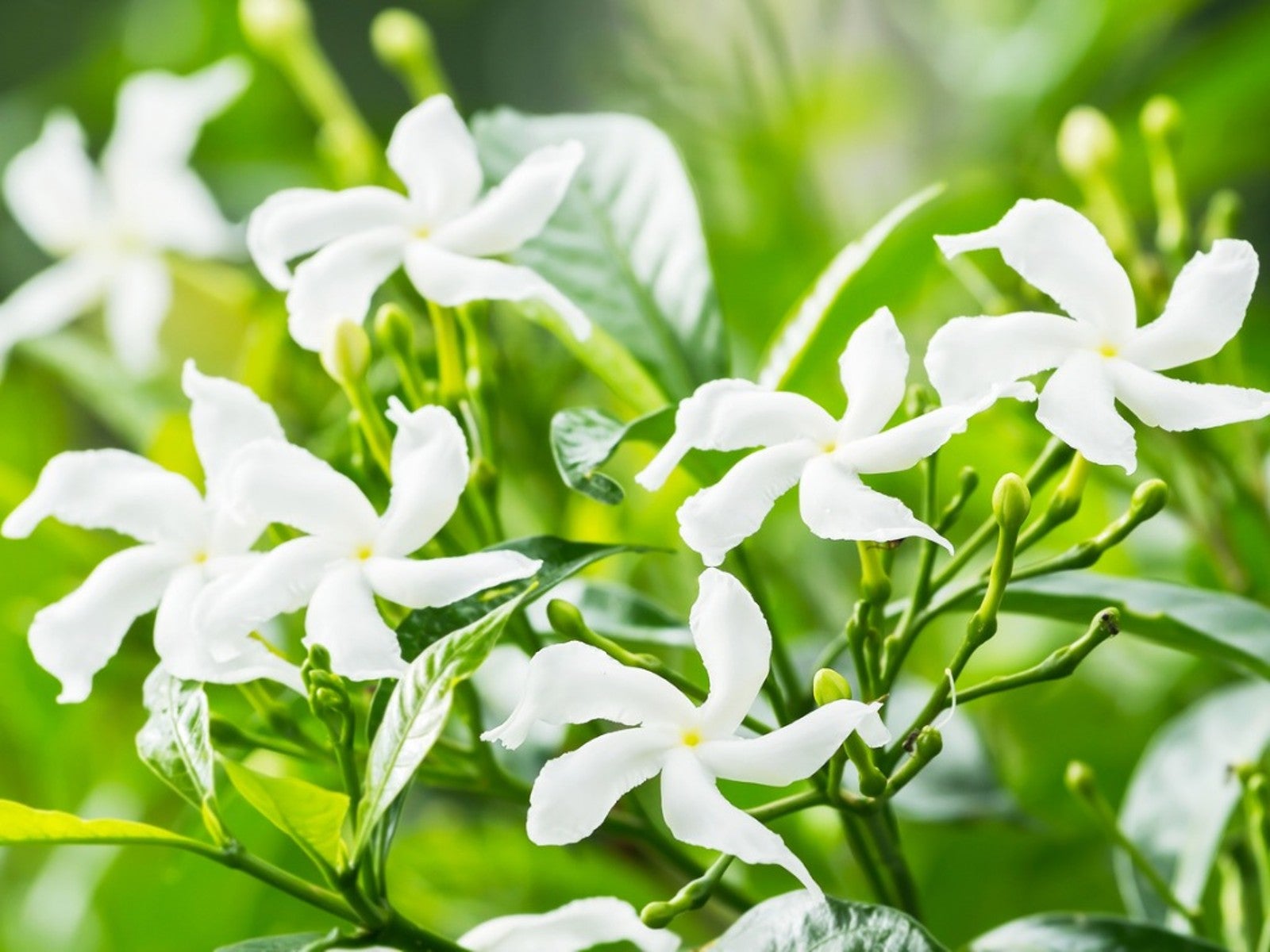Most Fragrant Jasmine Varieties To Grow


In most cases, flowers use scent to either attract or repel insects and other pests.
However, some floral scents are simply too sweet for gardeners to ignore.
The addition of fragrant plants to the landscape can truly help to transform one’s backyard into an enjoyable outdoor space.
Various types of jasmine are specifically known for their intense aroma. Learning more about fragrant jasmine plants can help growers to better determine which species will grow best in their own ornamental beds.
Here are some of our favorite fragrant jasmine plants.
Most Fragrant Jasmine Plants
- Angel Wing Jasmine - When planting a jasmine that smells good, growers will first need to consider the plant’s size. Angel wing jasmine is ideal for many gardeners due to its low, sprawling growth habit. This makes it easy to grow in pots and in smaller containers. Each plant will produce masses of small, star-shaped white flowers.
- Arabian Jasmine - Another tropical species, Arabian jasmine produces thick glossy leaves and small white flowers. Arabian jasmine is most frequently grown near paths and patios where their immense fragrance can be enjoyed by passersby. Vining Arabian jasmine plants may require staking or a small trellis when grown in flower beds.
- Common White Jasmine - Also known as poet’s jasmine, common white jasmine plants are those most commonly found in the home landscape. Hardy to USDA growing zones 8-10, large plants can reach lengths of up to 15 ft. (4.5 m). This means that each plant will require a strong, supportive trellis.
- Crape Jasmine - Crape jasmine are among the most ornamental species of jasmine. Large, white semi to fully double blooms are held high above glossy foliage. These plants are especially fragrant at sunset and during the evening hours. Though this fragrant jasmine plant can be grown in containers, it will require frequent pruning to maintain the desired shape and size.
- Pink Jasmine - Another of the more hardy types of jasmine, pink jasmine or jasminum polyanthum, can be grown in USDA zones 8-10. Rather than producing more common white flowers, this jasmine opens in a vibrant shade of light pink. As the bloom ages, flowers fade to a white-cream color. Pink jasmine plants are among the largest species of jasmine. This makes them ideal for growth along fences and over arbors.
Sign up for the Gardening Know How newsletter today and receive a free copy of our e-book "How to Grow Delicious Tomatoes".

Tonya Barnett has been gardening for 13 years. Flowers are her passion. She has transformed her backyard into a cut flower garden, which she regularly chronicles on her YouTube channel http://www.youtube.com/@tonyawiththeflowers.